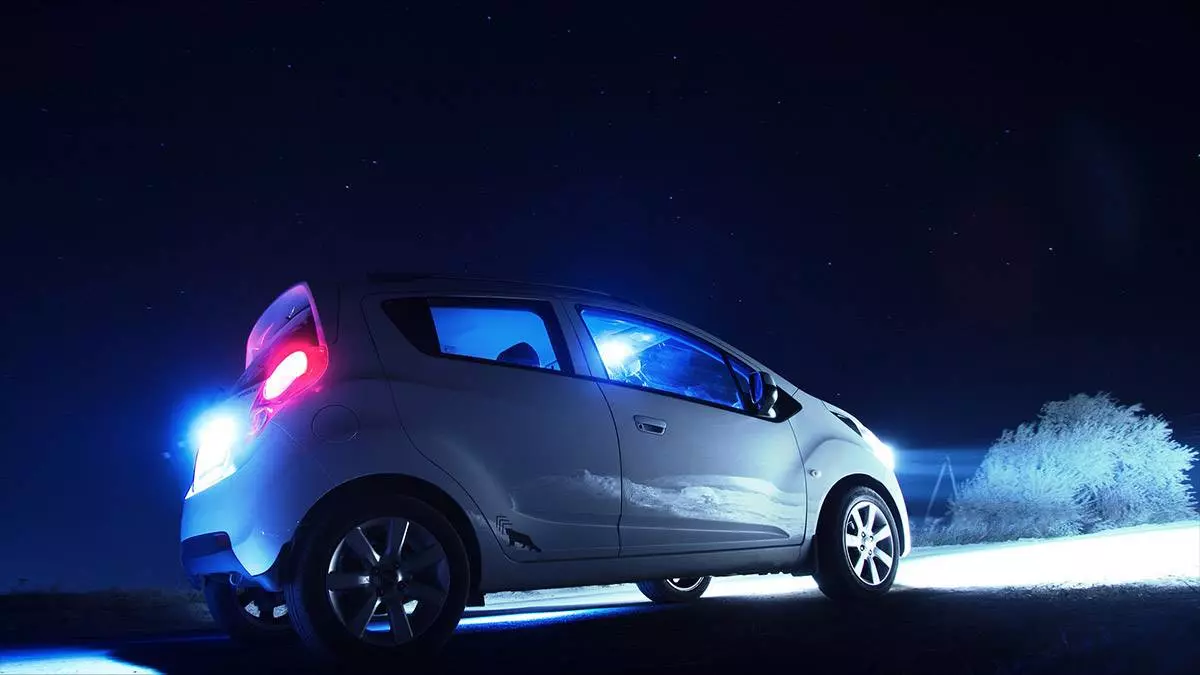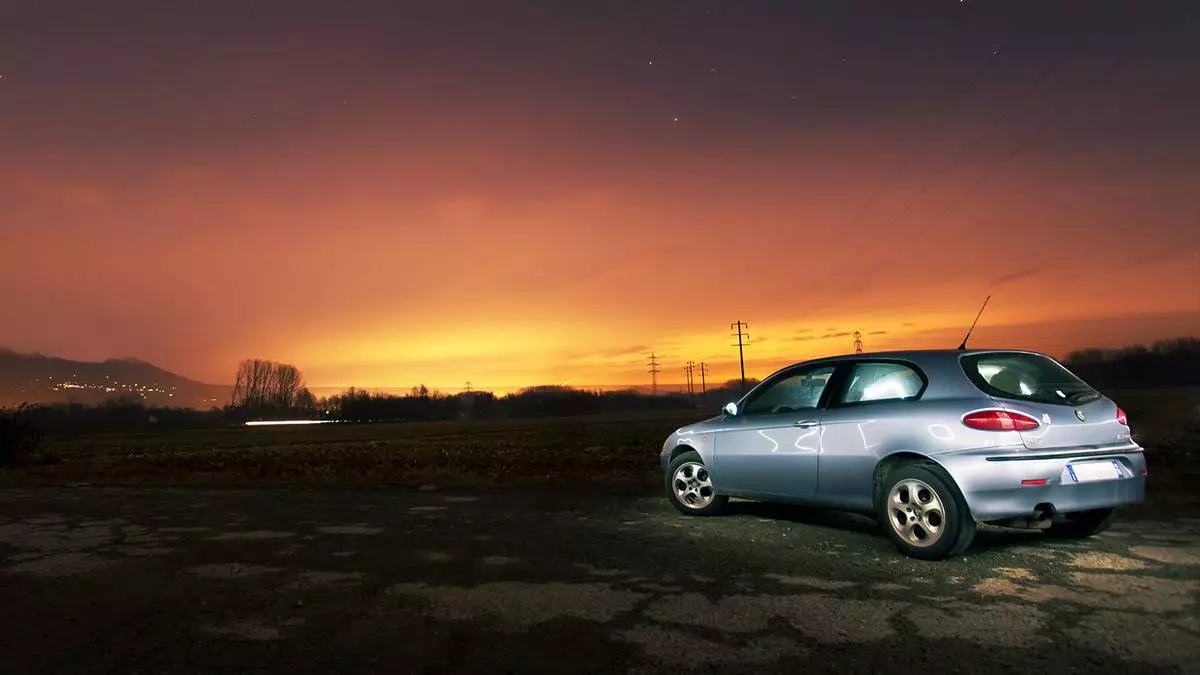 Car In Cabin Lights On
Car In Cabin Lights On
Driving at night can be challenging, especially when you need to find something in the back seat or check the glove compartment. In such situations, using the in-cabin lights may seem like a convenient solution. But, is it safe? Let's explore this further.
Understanding Car Interior Lights
All cars come equipped with standard interior lights to assist with finding things or reading maps in the dark. There are different types of interior lights commonly found in cars:
-
Dome lights: These lights are located on the roof, usually in the center of the car. They turn on automatically when a door is opened, indicating that the door is open. Rear seat passengers also use dome lights for reading at night.
-
Map lights: Situated on the roof of the car, map lights are designed to help you read maps during nighttime travel. They can be found on both sides of the car, allowing the driver or passenger to use them as needed. Some cars have pre-installed map lights near the rearview mirror, while others offer portable map lights powered by batteries.
-
Door lights: Most cars have lights at the bottom of each door, illuminating the ground when the door is open. This provides better visibility for passengers entering or exiting the vehicle.
-
Dashboard lights: Dashboard lights are essential for viewing the gauge cluster, including the speedometer, during nighttime driving. They can be adjusted to prevent night blindness and often feature multi-colored warning lights.
-
Customizations: In some cases, car owners may choose to install additional interior lighting for enhanced usability and personal style expression. LED lights, fiber optics, and neon lights are popular choices due to their brightness, energy efficiency, durability, and cost-effectiveness.
The Dangers of Using In-Cabin Lights While Driving
 Car Night Lights
Car Night Lights
Travelling with the in-cabin lights on at night can be hazardous. These lights can impair your vision and create glare on the front and rear windshields, leading to blind spots that affect your ability to see the road clearly. This is especially problematic in low-visibility conditions, such as rain or snow.
Not only do in-cabin lights distract the driver, but they also distract other drivers on the road. When you see a car with its interior lights on, you may assume something is wrong, causing unnecessary confusion and potential accidents. It's important to prioritize the safety of yourself and others by avoiding the use of in-cabin lights while driving.
Legal Implications and Preventive Measures
Using in-cabin lights while driving is not illegal in itself. However, if the lights cause distraction and result in an accident, you may be fined for distracted driving. To minimize the risks associated with in-cabin lighting while driving, consider the following measures:
-
Dimmer lights: Replace standard bright yellow lights with dimmer options like red or green. These colors allow you to see inside the car without interfering with your night vision.
-
Audiobooks or podcasts: Instead of relying on reading materials, listen to audiobooks or podcasts to keep passengers entertained without the need for interior lighting.
-
Pull over: If you must use the in-cabin lights, consider pulling over to a safe location rather than attempting to use them while driving. This will prevent distractions and potential accidents.
-
Use your phone's flashlight: Rather than relying on the interior light, use your phone's flashlight when necessary. It provides focused illumination without distracting the driver.
Prioritize Safety on the Road
In conclusion, although using in-cabin lights while driving may not be explicitly illegal, it is best to avoid their use. Any light inside the car can negatively impact the driver's ability to see through the front windshield, especially in low visibility conditions. Stay safe and prioritize the safety of yourself and others on the road by keeping the in-cabin lights turned off while driving.
Reference: Saigon Intela







